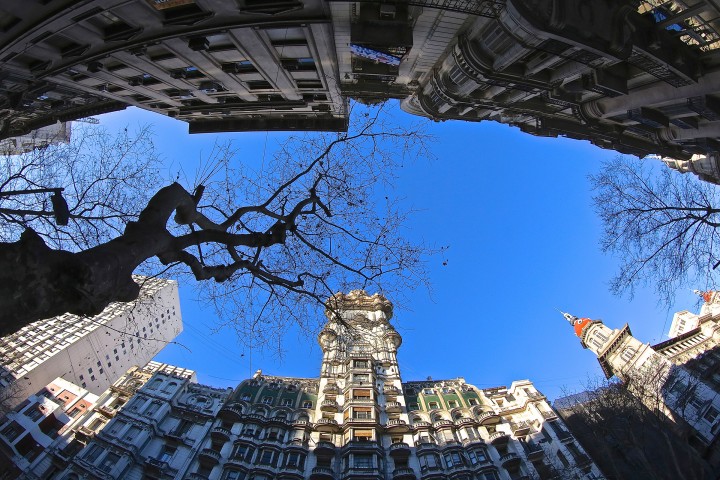Spanish Classes in Purgatory?

“All hope abandon, ye who enter here!” said Dante, in his illustrious 12th century poem about the afterlife, entitled the Divine Comedy. The epic Tuscan-language poem, written in first person, spoke of a division between heaven, hell and purgatory in the soul’s journey towards God. It used metaphors and symbology to establish one of history’s most important creative reflections on divinity.
Hold up! You might be asking yourself, what does Dante’s Divine Comedy have to do with Spanish classes in Buenos Aires? “Ye who enter here” refers to you. Yes, you! You’re about to pass into a world of divine architecture at Barolo Palace in Buenos Aires, where the tales of heaven, hell and purgatory follow you all the way up to floor 3. Here, behind the glass doors of office #10, the classrooms of Ailola Buenos Aires await you. Come on in and don’t abandon hope! We beg you.
While Ailola Buenos Aires began offering Spanish classes here a mere seven years ago, Barolo Palace has been building a life of its own for close to 100 years! Located at 1370 Avenida de Mayo on prime historic real-estate, the Palace was designed at the turn of the last century for a wealthy Italian business man named Luis Barolo.

Completed in 1923, Palanti designed what was the tallest building in Buenos Aires at the time, an eclectic office building that soared 328 feet into the sky. It came equipped with its very own lighthouse and was even replicated across the river in the Uruguayan capital Montevideo, with Palacio Salvo!
But what’s most interesting about Palacio Barolo in Buenos Aires remains to be its connection to Dante’s Divine Comedy. Palanti separated the building’s 22 floors into three sections. Floors 1 to 14 represented purgatory (where you’ll study Spanish), floors 15 to 22 were assigned for heaven, and hell – you guessed it! – was put in the basement!
Rumours of the day had it that Dante’s body would eventually rest inside this building in Buenos Aires and that Barolo Palace would become a type of mausoleum. That never came to fruition, but the legend and mystery lives on in the wrought iron elevators and marble staircases at Barolo Palace!
Come learn more about Barolo Palace today with a Spanish course at Ailola Buenos Aires!







Comments
There are no comments